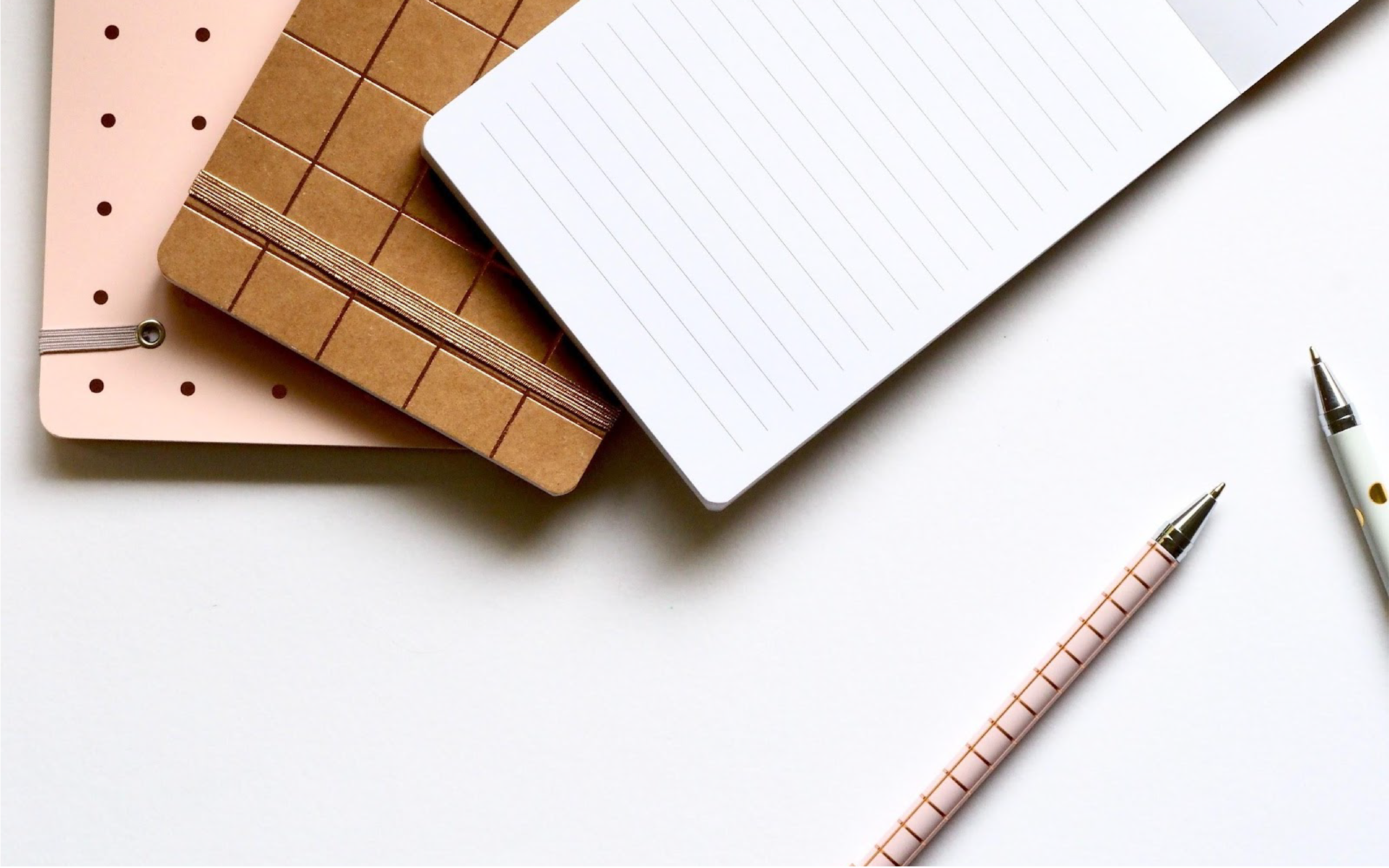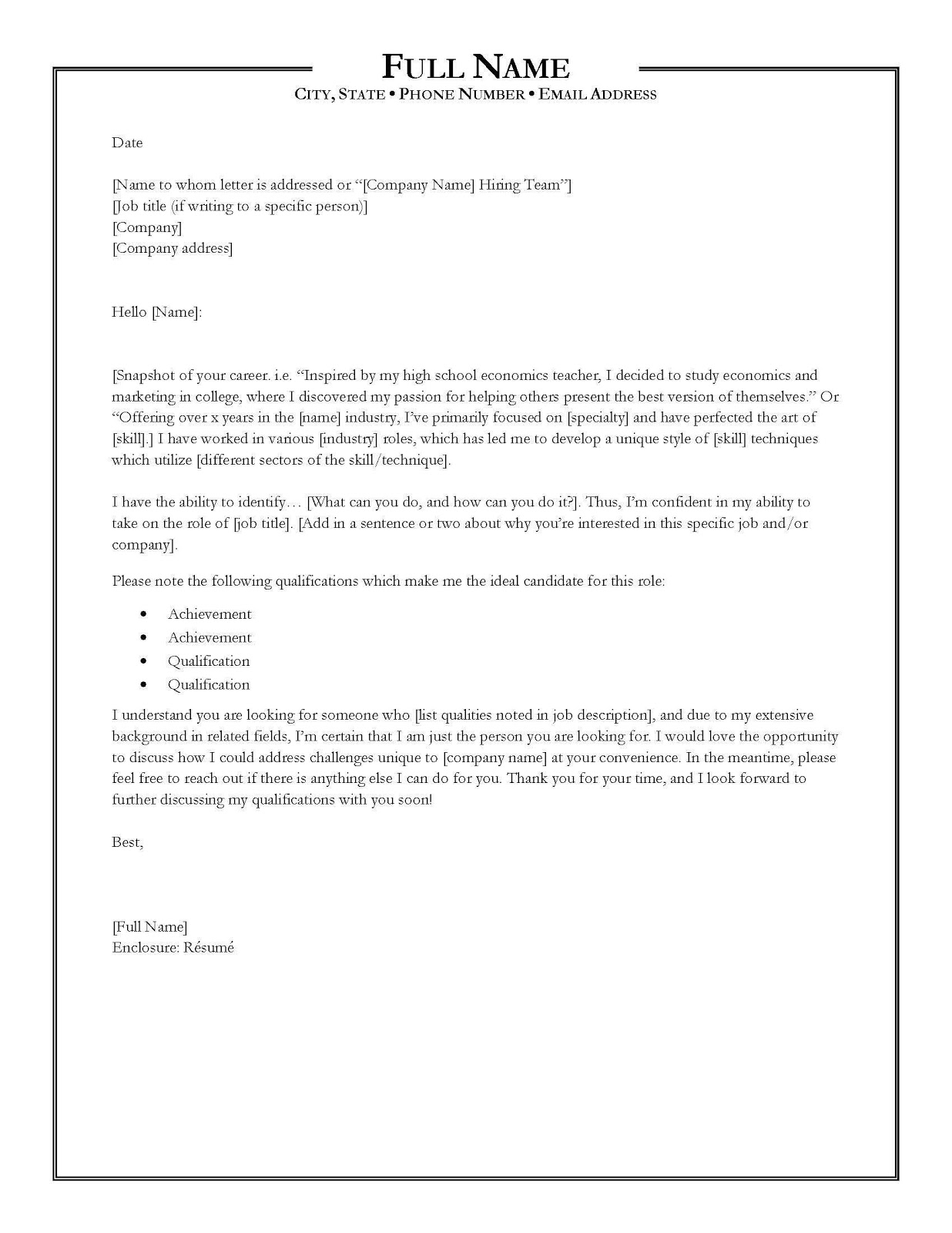
At first sight, a job application demands the general name, contact, and resume. That’s all, correct? Nope. Hay una cosa más! There is a component that often gets overlooked or pushed for last. That is…a cover letter! Do you have to? Yes. Especially in our present financial climate.
We know. Drafting a cover letter is a tedious responsibility pero necesitas entender it’s relevant. With a cover letter, you can extend your background and draw consideration. Though, that ALL depends on how you approach it. Por suerte, we have some cover letter tips 🙂
First, let’s take a look at a general cover letter example:

This is from Write Styles and it is exceptional. This cover letter is arranged in a style that outlines the following:
- Contact Header
- Addressee Information
- Salutation
- Preface on yourself
- Identify what you can do for them and how
- Research
- Call to Action
This information is needed so that managers can further assess the qualifications of you, the applicant. The cover letter allows you to expand on your achievements, beyond the resume — y por supuesto with a little spice!
Now that the general cover letter has been outlined.…espera! Let’s review each frame. Each frame may seem apparent, but there are little consejitos that we want to emphasize.
Header
Short and simple. A contact header is a MUST. It’s the employer’s means of connecting with you. To reiterate, this includes full name, number, location, and email. The way you choose to go about displaying it is up to you but traditionally, it goes center-top so that its first thing.
Addressee Information
The addressee information is where you insert the recruiter/hiring manager’s data. This will establish who you’re anticipating to communicate with. Do your research, name the professional, and assure that your contact is correct. If you’re clueless about who the recruiter is, I would urge you to do your best.
Try:
- Finding the person in charge of the department
- Go on LinkedIn and search for a colleague
But whatever you do, do not skip this part! Even if the data is inaccurate, you’ll still initiate an impression for your efforts.
Salutation
Querida amiga, see what I did there? In this part, you address the hiring manager. Here are some approaches:
- Dear Hiring Manager
- Dear Human Resources Manager
- Dear Sir or Madam
- Dear [Company Name] Recruiter
Avoid using “Hello” or “To Whom It May Concern” because it’s dull and it gives the impression that this letter is a “copy and paste.” To elaborate, just like with a resume, you should constantly renew and tailor your cover letter. The role and mission will vary and your activities will change so it’s important you refresh that. Plus, a “copy and paste” is apparent to most recruiters.
Preface on Yourself
1st Paragraph – This is how you start a cover letter. The key is to start with a captivating first sentence. Check out these 31 attention-grabbing examples here. Then work your way into the self-introduction. That introduction should explain:
- Who you are?
- What’s your experience/expertise?
- Why you’re writing?
- How did you hear about the job posting?
And nooooo, this is not a repeat of your resume. This letter is your chance to provide context!
What can you do? How?
2nd paragraph – Now that you have embraced your experience/expertise, illustrate how you can utilize your skills to support the company. Basically, sell yourself and tilt near their views. To make this process easier, you should pull terms from the job description and combine them into your cover letter. In this component, you can (& we encourage you to) quantify your actions. Including numbers is a sweeping attraction tool and it gives you credibility!
More Research
It’s greatly urged that you demonstrate awareness of the company’s values and mission. Your research can be included in any part of the paper, you decide where to insert it. Usually, applicants tie their experiences to their research in the effort to give perspective. Simply keep it concise and applicable to the role.
Call to Action
3rd Paragraph – Approaching the end, you ought to wrap up by restating your interest in the role. This is where you finish strong! Begin to propose an interview and pitch your general availability. Your resume should accompany your cover letter submission, so kindly remind them to refer to it. Not many do this but consider declaring a date in which you’ll call or email for a status update.
Now you’re ready to close! Be sure to include a formal goodbye such as, “Regards…” or “Sincerely…” Tu sabes, mija! Leave space for a signature and type your name. Now, this doesn’t mean you’re done. Make sure to get it edited and proofread.
Now you’re good to go! The more cover letters you write, the more you’ll realize it’s not so bad. You’ll recognize a cover letter doesn’t need to be more than a page nor does it need to be simplistic. Always use the tips/outline above but try a different design format. Be creative with the look of your letter, especially if you’re looking into the media/art industry. Check these out:


You can personalize toward the company or do a cute color format.
You already have a great resume, why not take your application further with a cover letter? You’ll find yourself slaying the job market. With that, I wish you good luck and adios.
This story was originally published on March 24th, 2020, and has since been updated.



